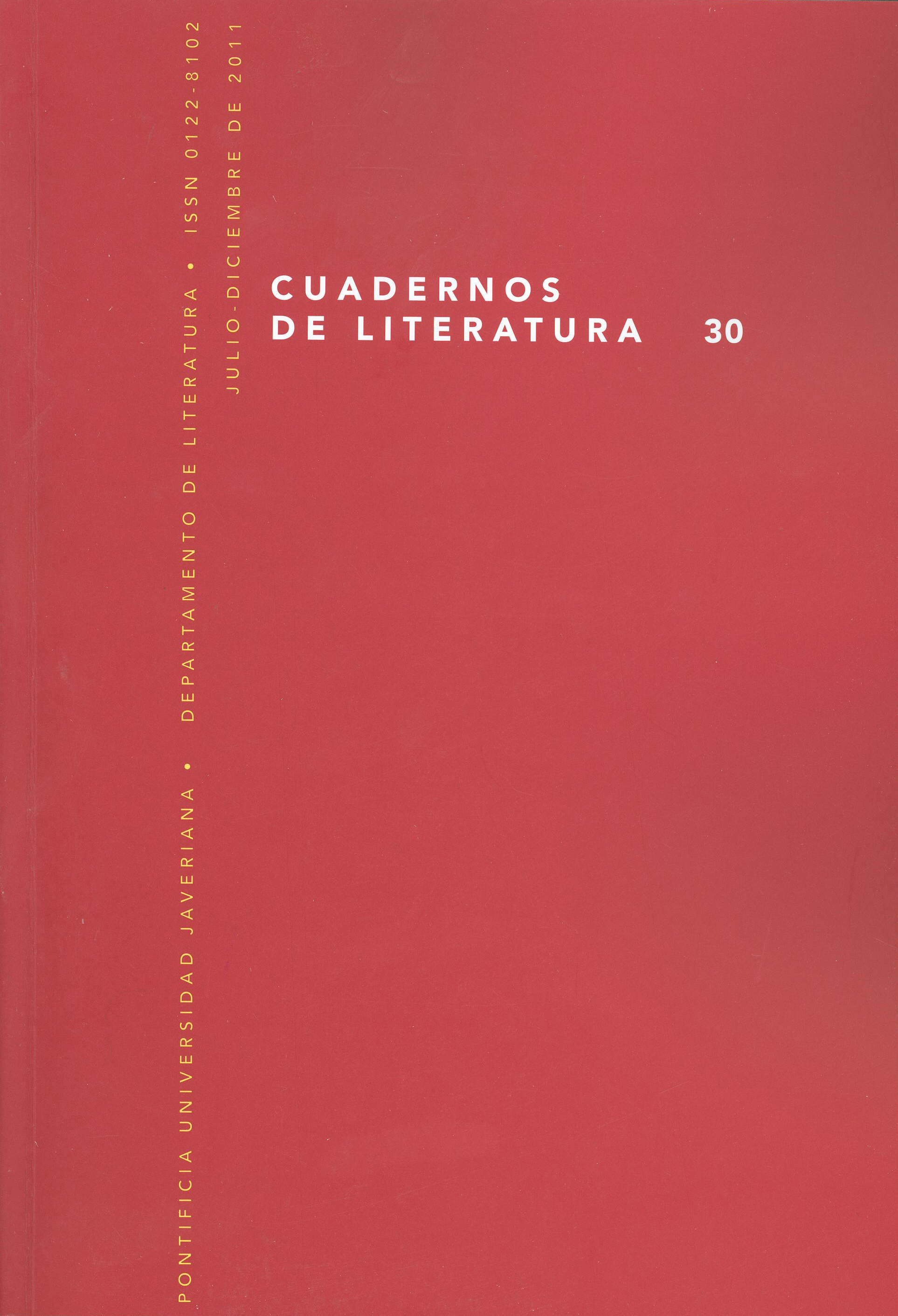Abstract
Este artículo examina una aparente paradoja en el corazón del trabajo de Chamoiseau: una acogida posmoderna de la diáspora y la movilidad y, simultáneamente, una agenda decididamente local y basada en la isla. La autora identifica una línea de quiebre entre la teoría de Chamoiseau (ensayos, entrevistas y especialmente sus empresas colaborativas con Glissant) y su obra de ficción, que sigue siendo resueltamente alojada en Martinica. Esta presunta “insularidad” ha implicado que su ficción haya sido leída como un lamento nostálgico por un pasado idealizado. Por el contrario, antes que fetichizar el pasado, se sugiere, su centramiento en la isla le permite a Chamoiseau involucrarse más profundamente con las historias de la esclavitud. Cada vez más, de hecho, el subsuelo funciona como una alternativa poderosa a los espacios de superficie, y superficiales, de la amnesia histórica y cultural explorados en las primeras novelas.Cuadernos de Literatura is registered under a Creative Commons Attribution 4.0 International Public License. Thus, this work may be reproduced, distributed, and publicly shared in digital format, as long as the names of the authors and Pontificia Universidad Javeriana are acknowledged. Others are allowed to quote, adapt, transform, auto-archive, republish, and create based on this material, for any purpose (even commercial ones), provided the authorship is duly acknowledged, a link to the original work is provided, and it is specified if changes have been made. Pontificia Universidad Javeriana does not hold the rights of published works and the authors are solely responsible for the contents of their works; they keep the moral, intellectual, privacy, and publicity rights.
Approving the intervention of the work (review, copy-editing, translation, layout) and the following outreach, are granted through an use license and not through an assignment of rights. This means the journal and Pontificia Universidad Javeriana cannot be held responsible for any ethical malpractice by the authors. As a consequence of the protection granted by the use license, the journal is not required to publish recantations or modify information already published, unless the errata stems from the editorial management process. Publishing contents in this journal does not generate royalties for contributors.


